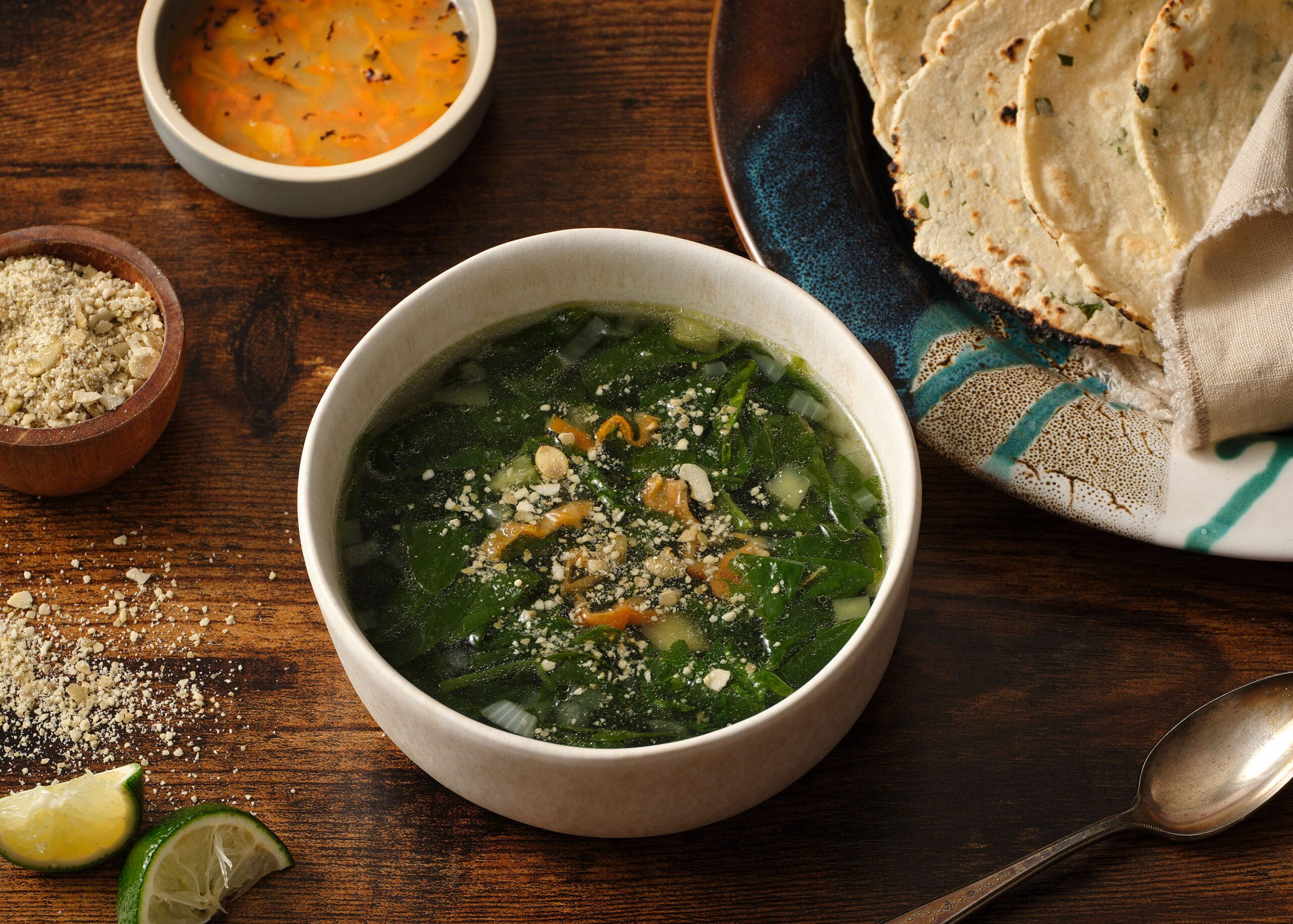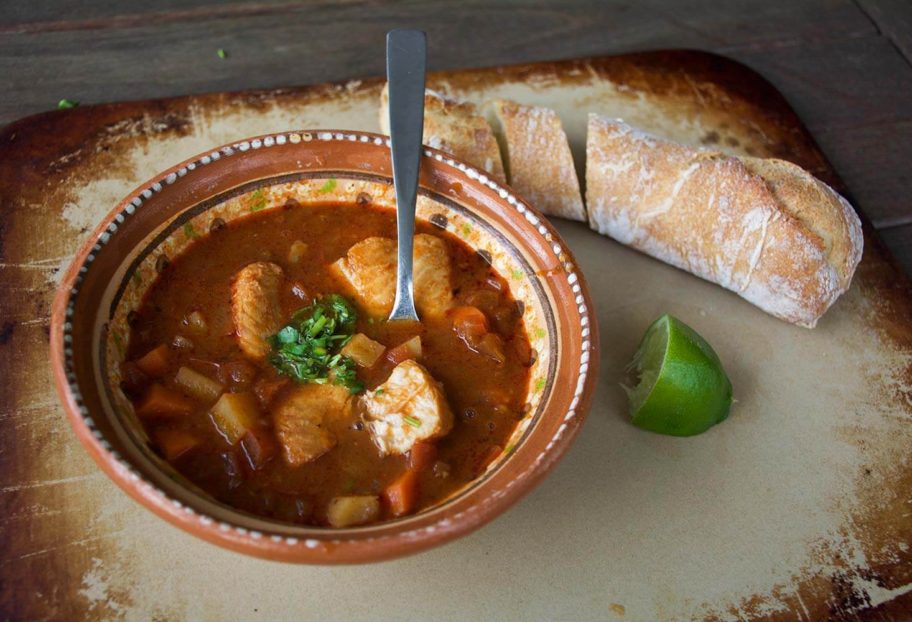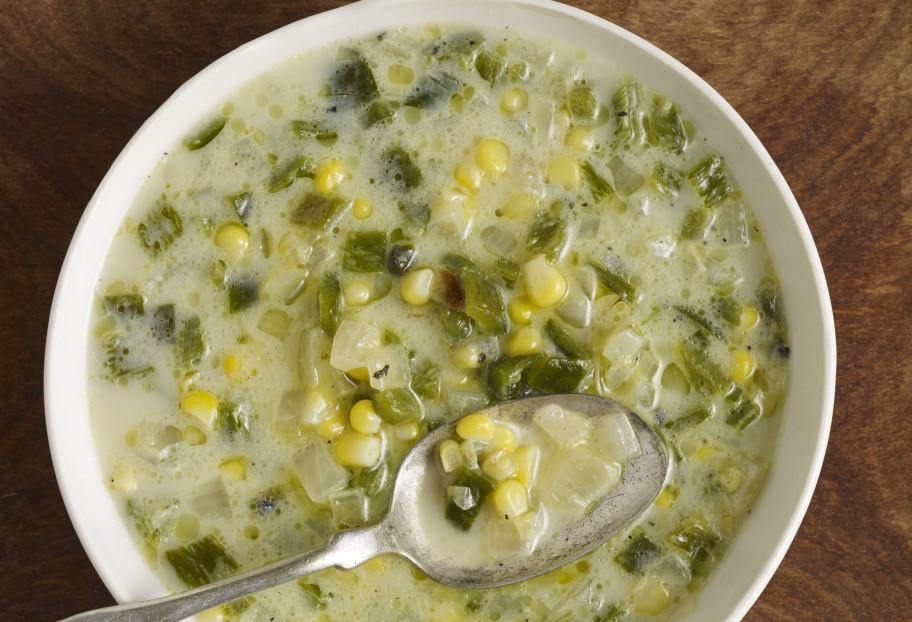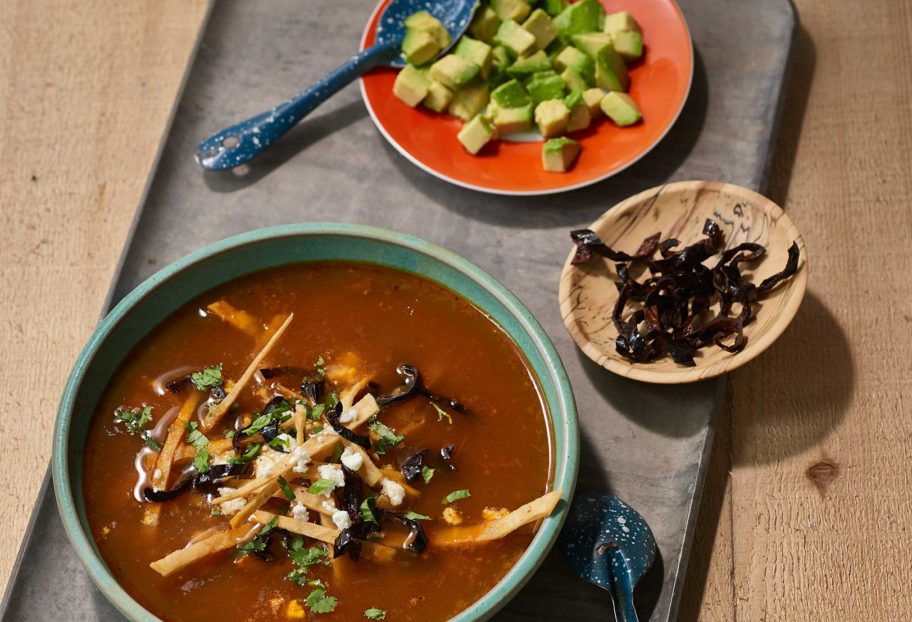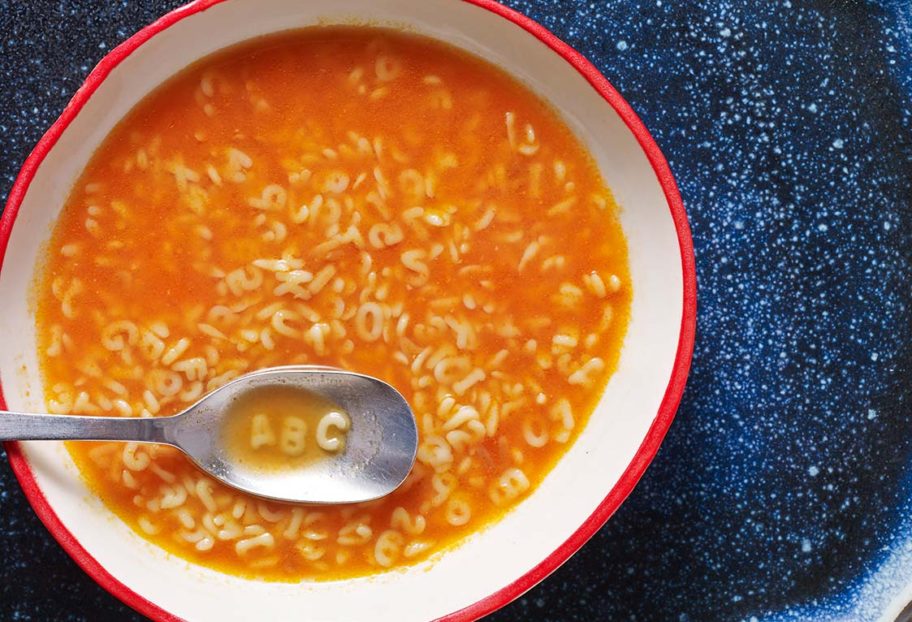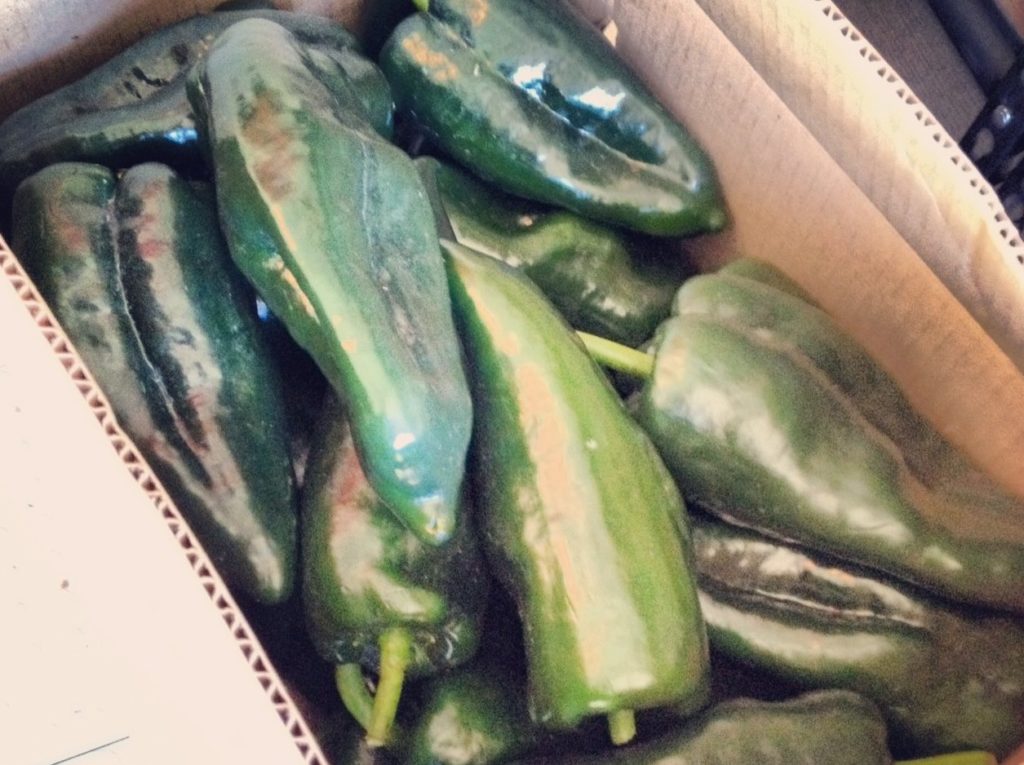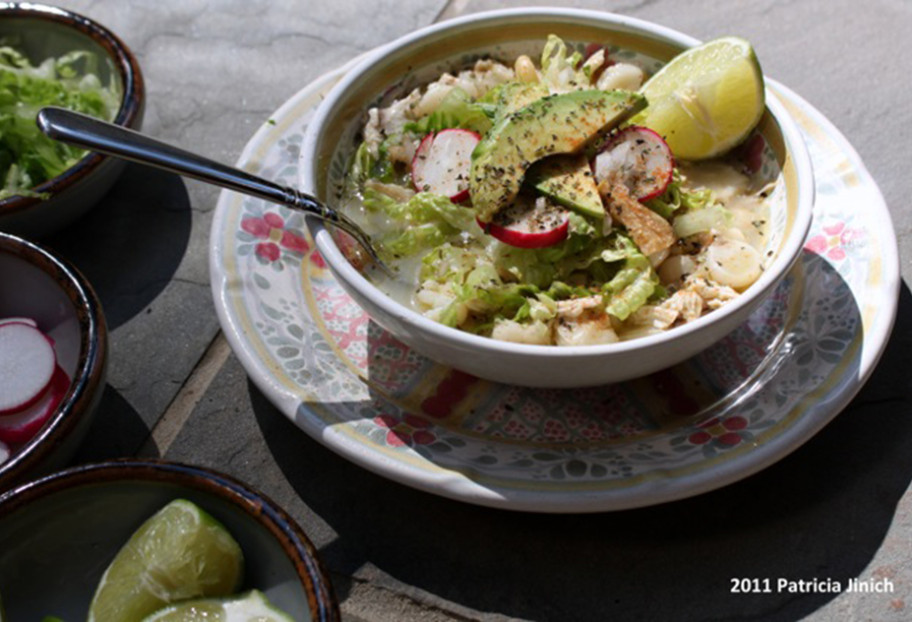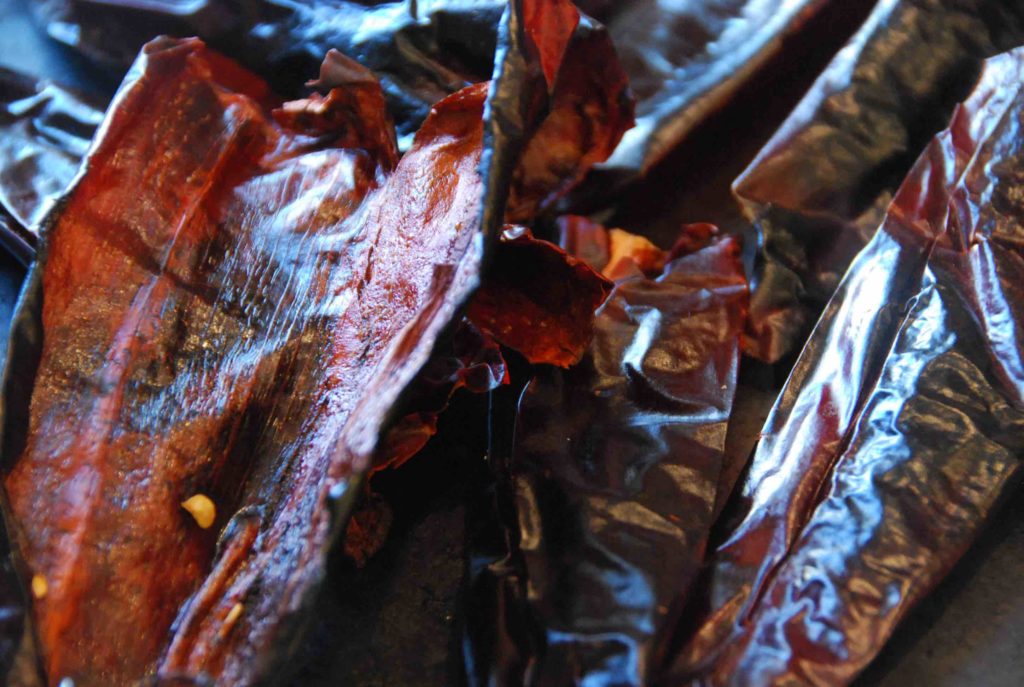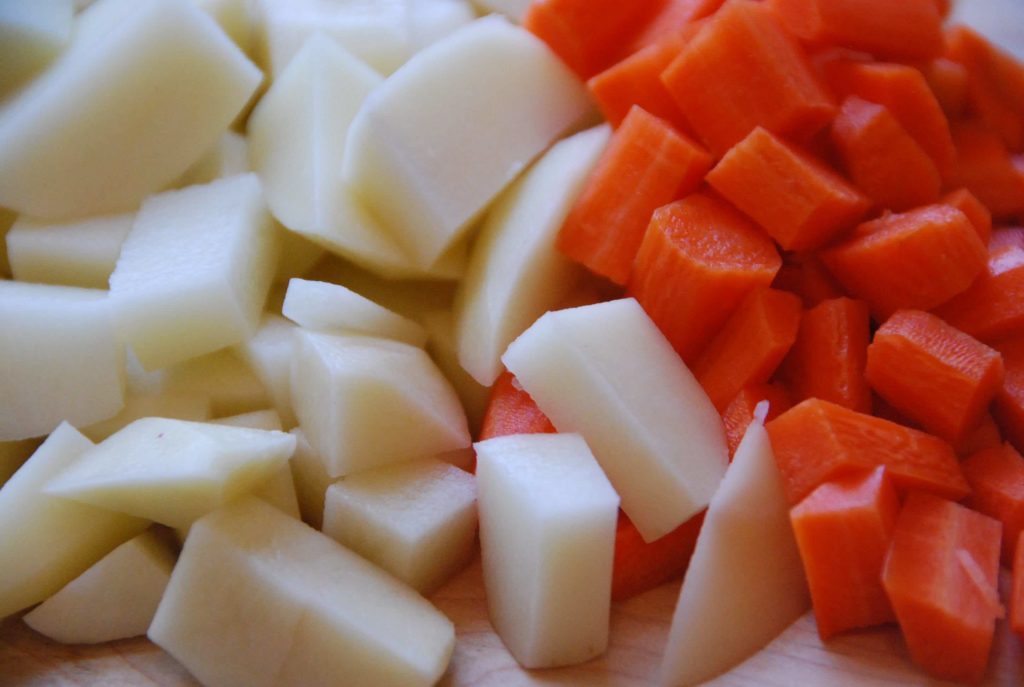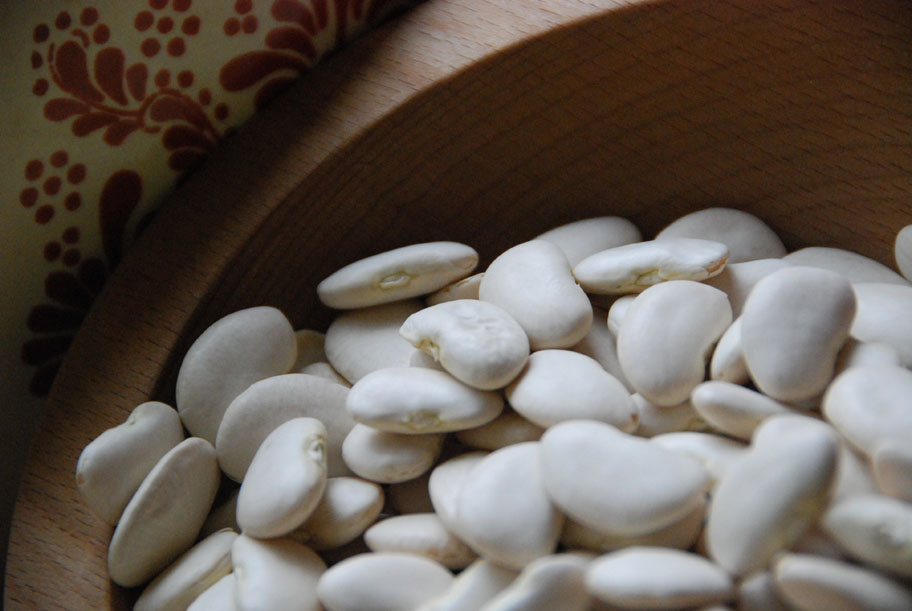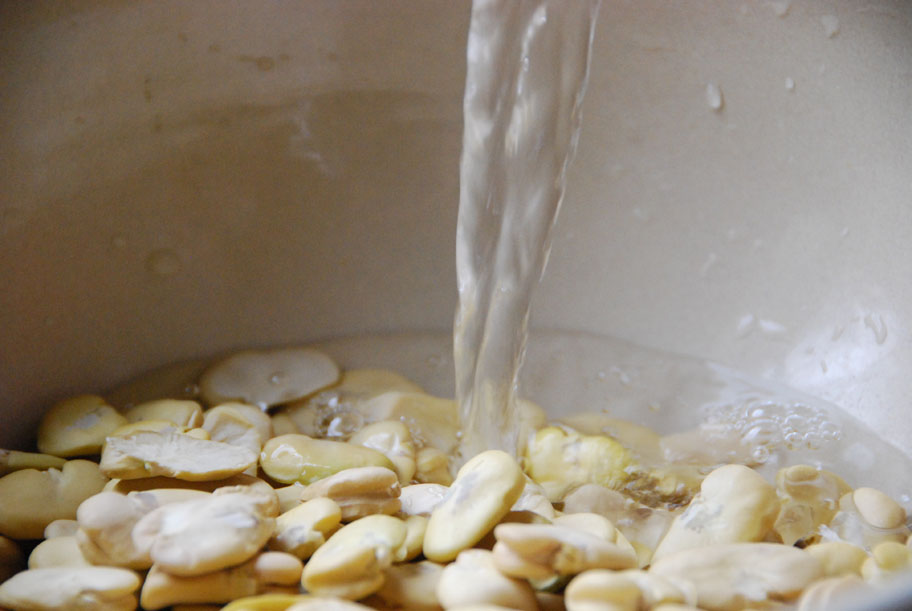Chaya Soup
Ingredients
- 1/2 cup raw hulled pumpkin seeds
- 1 teaspoon kosher or coarse sea salt divided, or to taste
- 1 fresh habanero
- Juice of one sweet lime or a combination of lemon and lime juice
- 1 tablespoon vegetable oil
- 1/2 cup finely chopped white onion
- 1 xcatic, güero, banana, or jalapeño chile stemmed, seeded and finely chopped
- 2 liters (8 cups) chicken broth
- 4 cups chaya leaves torn into pieces, can sub for chard, spinach or watercress, or a mix
- Fresh Herb Corn Tortillas or quesadillas
Instructions
- In a small saute pan or comal, set over medium-low heat, toast the pepitas for 3 to 4 minutes, until they are lightly toasted. Don’t let them brown or burn. Remove from the heat. Once they cool down, either finely chop or coarsely grind them in a spice mill or food processor along with 1/2 teaspoon of the salt. Scrape into a bowl. Set aside.
- Toast or char the habanero chile on a preheated comal set over medium heat, or under the broiler, 6 to 8 minutes, flipping as necessary. Remove from the heat, stem, seed and finely chop. Place in a small bowl, add the sweet lime juice and the remaining 1/2 teaspoon salt, and mix. Set aside.
- Heat the oil in a soup pot or large casserole over medium heat. Once hot, add the onion and xcatic chile and cook for 5 to 6 minutes until softened. Raise the heat to medium high, pour in the chicken broth, and once it comes to a boil, add the chaya leaves. Cook for a couple minutes, just until they wilt. Taste and add salt to taste.
- Serve in bowls and let your guests add the ground pepitas, habanero in sweet lime juice, and salt to taste. Eat chasing, dunking, or adding pieces of the fresh herb corn tortillas (or quesadillas).

